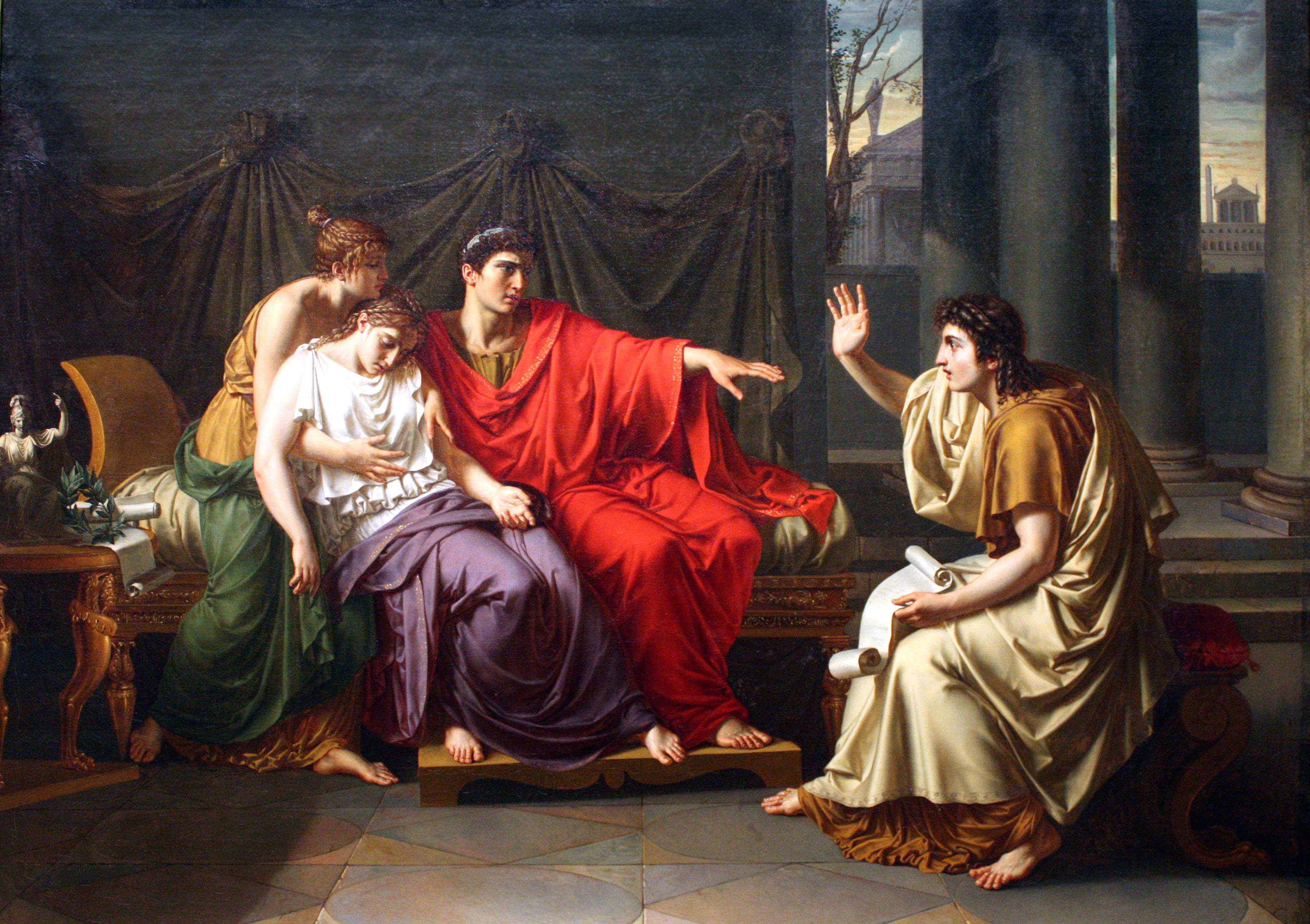
"No day shall erase you from the memory of time."
While Virgil was talking about Trojan warriors, Nisus and Euryalus, when he wrote this line in his epic poem, The...
Author Crystal King muses on life, history, writing and food.

"No day shall erase you from the memory of time."
While Virgil was talking about Trojan warriors, Nisus and Euryalus, when he wrote this line in his epic poem, The...
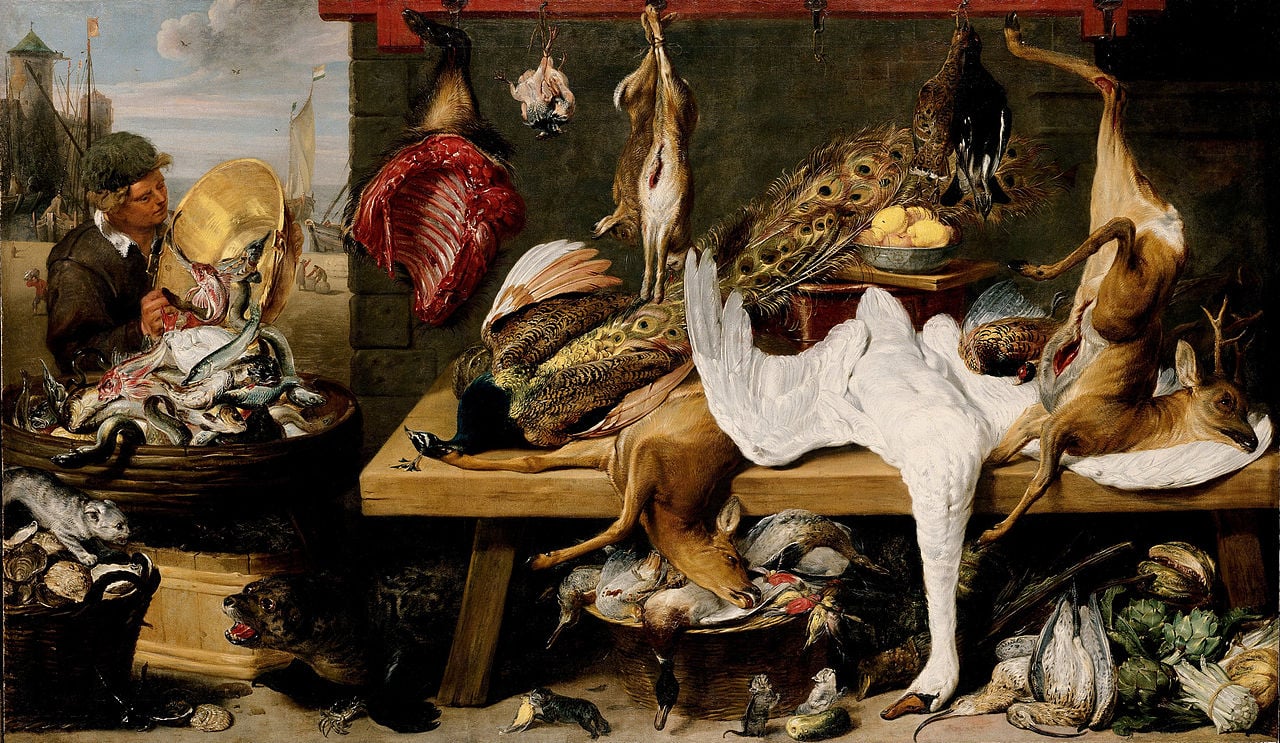
Renaissance chef (and character in my second novel), Bartolomeo Scappi, wrote a cookbook that was released in 1570 and was one of the most reprinted cookbooks over the next two hundred years. One of the most wonderful things about his cookbook, The Opera of Bartolomeo Scappi, is that it is still very accessible today. There are exceptions, for example, modern audiences would not be interested in some of the meats (hedgehog or blackbird anyone?), and many of the items are not readily available or, like his feathered peacock, are too elaborate too make.
Fortunately, many of his recipes are are still pretty easy to figure out. Like this one for braised beef:

I've been planning a trip to Bologna, where part of my third novel is set. I've been researching the heck out of that area. I already knew it has the oldest university in the world, but one of the things I was most intrigued to find was Bologna was a city of towers. There were at least 100 towers, many of them upwards of 32 or more stories. Here's an artist's rendering of what it might have looked like in its heyday:

According to the ancient Roman historian, Pliny the Elder, "Apicius, the most gluttonous gorger of all spendthrifts, established the view that the flamingo's tongue has a specially fine flavor." The poet Martial, who was born a few years before Apicius died, agreed, saying: “My red wing gives me my name, but epicures regard my tongue as tasty. But what if my tongue could sing?” They don't actually sing, however. They tend to honk and squawk.
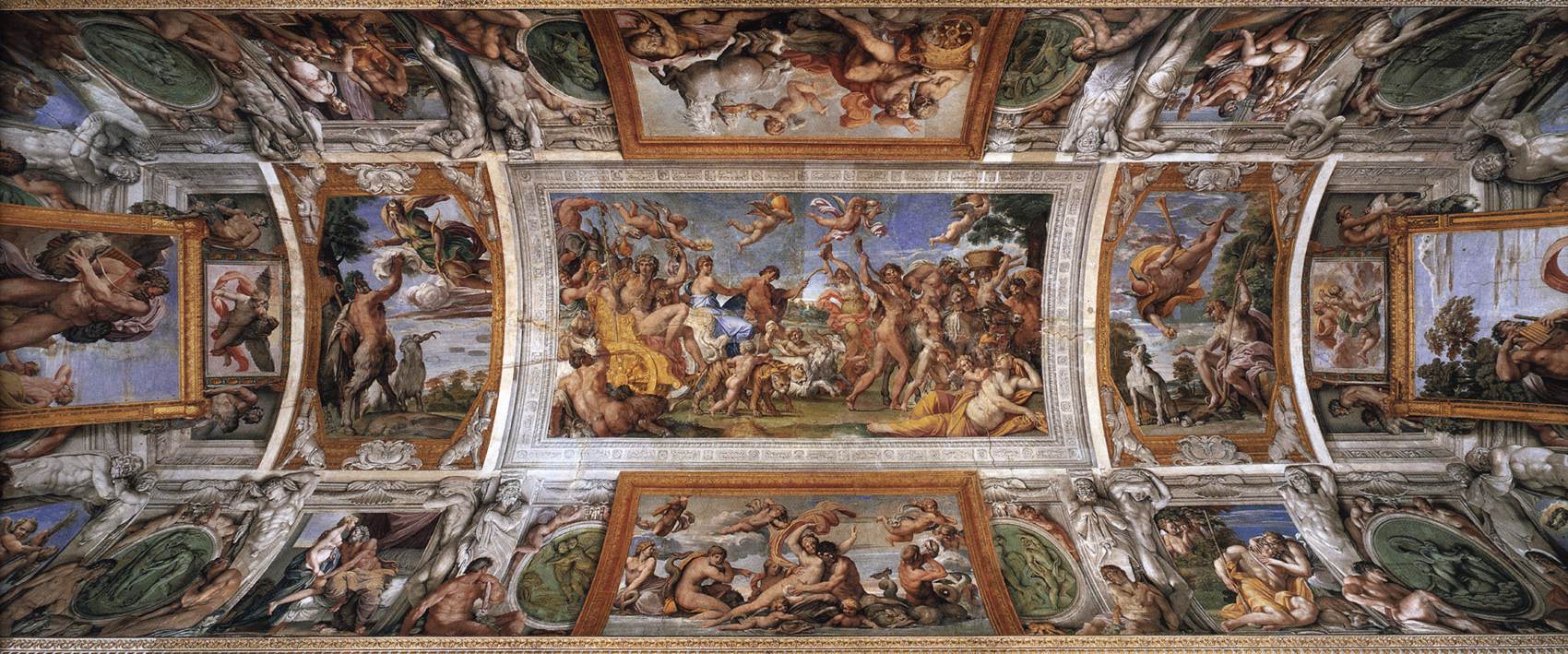
As part of my research for my book, The Secret Chef, I'm trying to learn as much as I can about the various palazzos of Rome. I want to understand everything I can about them, from the families that built them and lived in them, to how the rooms were structured, where the servants might have lived and how they worked within the palazzo. When I return to Rome later this year, I'm looking forward to finally seeing the Palazzo Farnese, one of the most magnificent palaces of that era. It's now the French Embassy so access is limited. Currently, they only have one tour in English each week, on Wednesdays at 5PM. I'm hoping I can find a docent or historian to speak with when I'm there to give me a deeper understanding of the workings of that palazzo, but possibly others in the area, such as the Barberini, Medici, Farnese, and Colonna. For a peek of what I hope to see up close on the Farnese tour, check out the video below.

I have been rather remiss, I fear, in keeping my book list updated here on my blog. I've been reading far more than I had hoped, but certainly not as much as I would like. I am happy to have passed the 50 book barrier with more than a month to spare! Let's see if I can get close to 60 books this year. I'm confident I'll finish at least 2-3 more this month, and hopefully another 3-4 in December. October
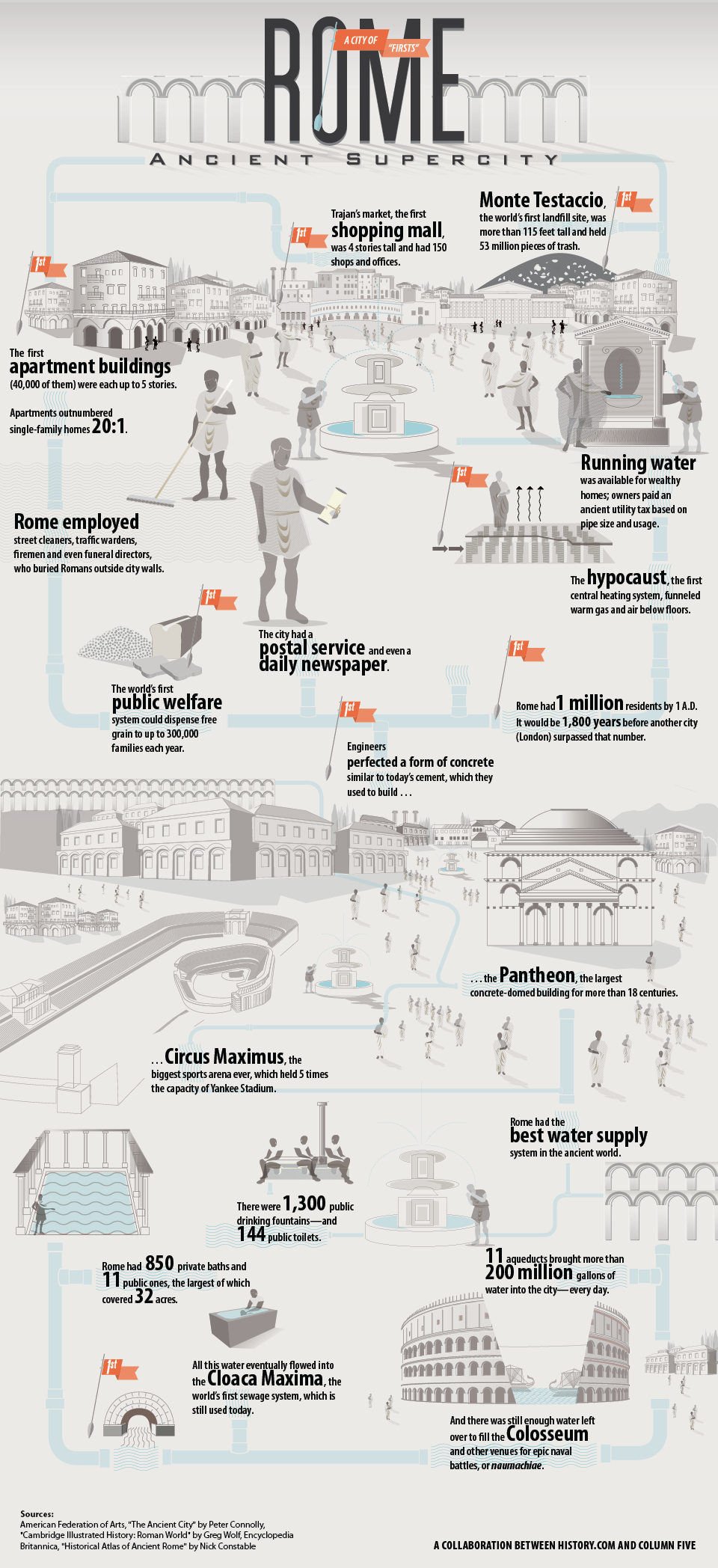
As a result of my research a knew a lot of this great information already but it's great to see how History.com and the design firm Column 5 put it all into such an easily digestible visual.
Allow me a tiny bit of commentary before you dig in below.
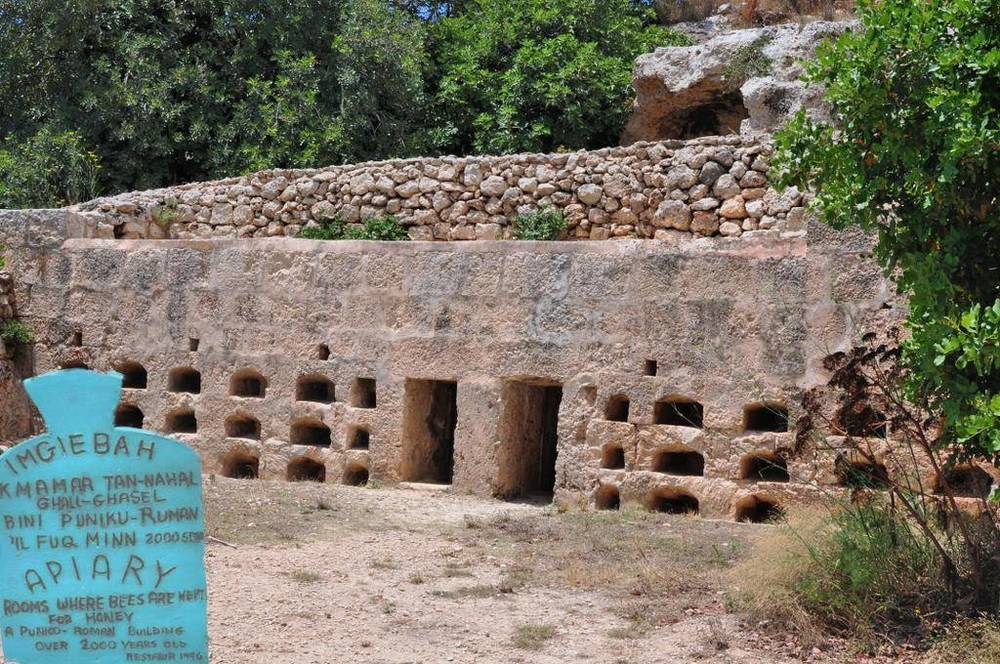
Back in 1987, archaeologists discovered a treasure trove in a floor drain of the Roman Forum. This "treasure" was 86 loose teeth, all intact but with cavities in various stages. Three decades later, they've finally determined that they were all extracted by a highly skilled dentist of the time. Also of interest, up in England, researchers have pinpointed the advanced stages of dental decay in a young Roman toddler, to excessive consumption of honey.
Medicine was quite advanced in Ancient Greece and Rome. Surgeons regularly practiced lobotomies, Caesarean sections (didn't you ever wonder where that name came from?) and amputations, and were the inventors of tools such as forceps, catheters, scalpels and bone drills. Along with all of this fancy "technology" the Romans also relied heavily on herbs and the beneficial properties of food. Pliny writes (in addition to telling us how bees manage their colonies) that honey is good for afflictions of the mouth, pneumonia, pleurisy and snake bites.
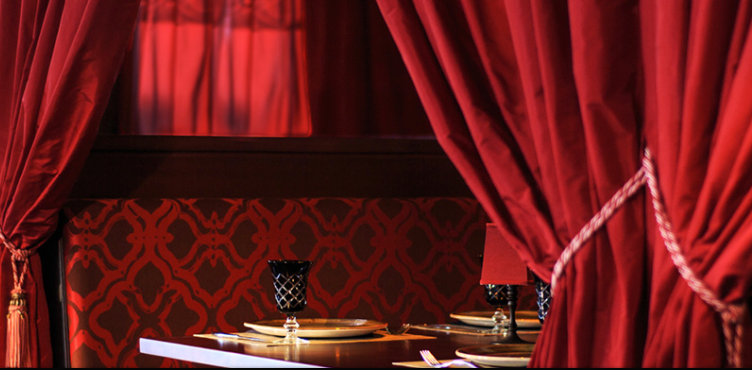
On Friday night my husband and I had the immense pleasure of checking out a new restaurant in Boston, M.C. Spiedo, located in the Renaissance Hotel on the waterfront. The chefs are from Maine's famous Arrows and MC Perkins Cove, Mark Gaier and Clark Frasier (they're also Top Chef:Masters as well!). We're fairly big food nerds and love trying out new places, but when I heard about M.C. Spiedo's focus on Italian Renaissance inspired food, the excitement went to a new level. Here? In Boston? Someone creating the dishes from the era of Bartolomeo Scappi, the central character in my second book? How incredible is that?
Pretty damn incredible, let me tell you. The restaurant is modern, but everywhere you look there is a reminder of the past, from the big red bordello-style booths, to the large portraits hanging, to the fantastic bookplates from Scappi's L'Opera on the walls in the bathroom.
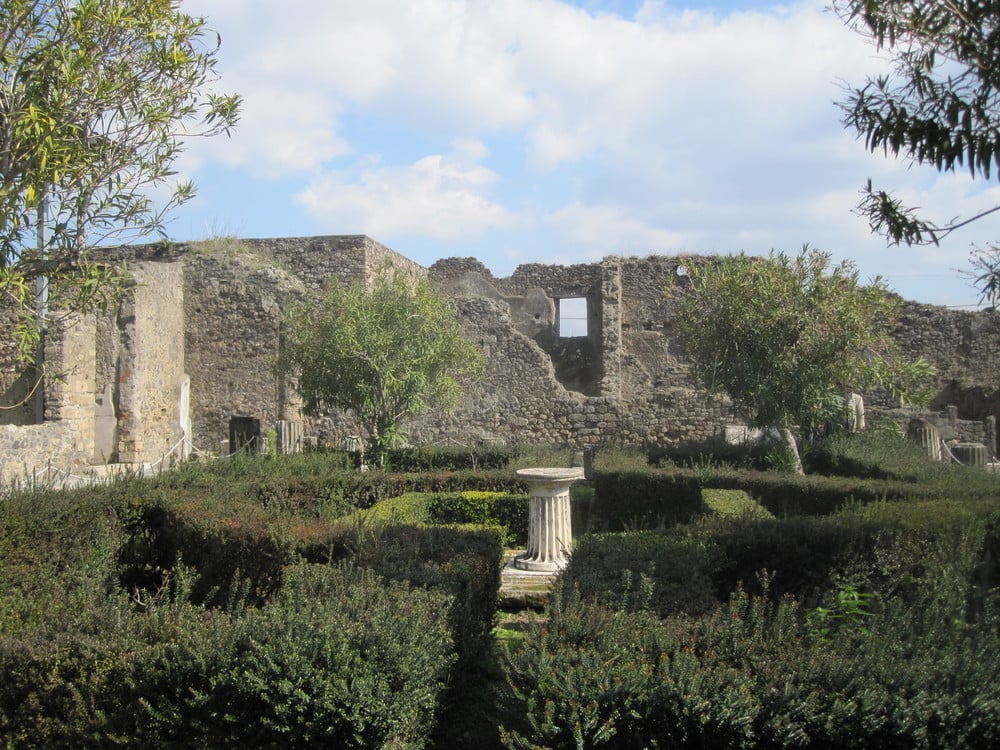
The movie Pompeii, directed by Paul W.S. Anderson, is coming out in February and I have to say I've not really been this excited about a movie in a long time. The film has the eye candy of incredible special effects and also Jon Snow himself (Kit Harrington) but what has me most intrigued is that Anderson apparently cares a lot about authenticity when it comes to the story and the era. The film comes out on February 28. I can't wait to find out for myself if that's true!
httpvh://www.youtube.com/watch?v=eoVNF1Zus7Q

The last month has been a month of massive tumult for the Catholic Church. For the first time in 400 years a Pope is resigning. There have only been five Popes to resign and all of them resigned under great duress, or in the case of Gregory XII, he did it to end the Western Schism. This is the first Pope to cite "health" problems as a reason to resign and the first to revise rules regarding the convening of the Papal conclave so that it can be convened sooner than in the past (usually they have to wait 15 days). I have a bunch of my own speculations about that, but there are a million other places that the woes of the Church can be debated.
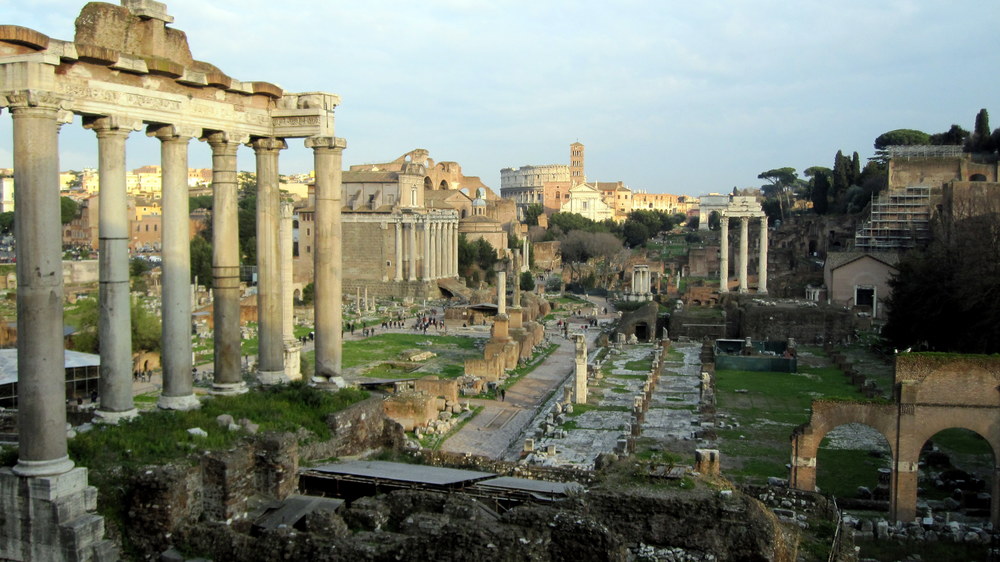
A little while ago I showed you some photos of an incredible miniature of the ancient Roman Forum. Here's an amazing 3D rendered video of the Forum. Talk about sparking your imagination for times gone by! It's such a shame that so much of the Forum fell into disrepair and that eventually medieval and Rennaissance nobility and the Papacy pulled them down for their metals and marble.
http://www.youtube.com/watch?v=S4PACYJKxic
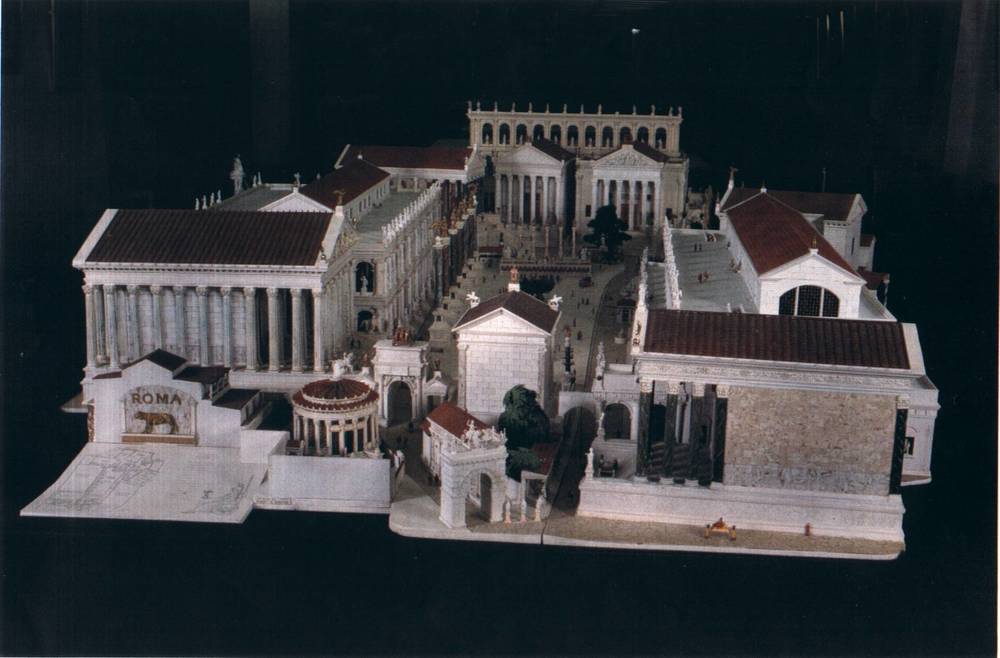
A few months ago I stumbled upon a site that showcases some photos of an incredible miniature of the Roman Forum made by a Robert Garbisch in 1982. Apparently it "took two and half years to complete. 95% of the 350 statues in the model were made by Robert Garbisch out of clay. There are over 720 Roman citizens living in this model and carrying on with their lives. This particular day in the Forum is the last visit by the good Emperor Marcus Aurelius to Rome during the summer of 179 AD."
Here are some of the photos of this amazing miniature. Apparently it's on view at the Brandeis library in Waltham and that's a stone's throw from me so I may have to call and see if they still have it on display.

The Vestal Virgins were among the most important individuals in ancient Rome. They were priestesses of the goddess Vesta, whose hearth was always lit. Their privileges among women of the day were many. They were able to own property and did not have to bear children, they had the best box seats to any event, they had the right of way in the streets, they had personal bodyguards and they had the ability to free slaves and prisoners with a mere touch or command.
We know a lot about the Vestals but we don't know much about what their hair looked like under the elaborate headdresses they wore. Janet Stephens, a Baltimore hairdresser and amateur archaeologist became fascinated with a statue she saw of a Vestal and decided she would find out. It took her seven years of research and now she believes she's figured it out. Take a look:

I'm working on research for my next book, on Renaissance chef, Bartolomeo Scappi. I find the whole research side of historical fiction fascinating. It's like peeling back layers of paint on an elaborate painting to discover the essence of the people who inspired and created such masterpieces.
One of my characters is related to Agostino Chigi, one of Rome's wealthiest bankers in the early 16th century. Some tourists may be more familiar with him as the man who built the Villa Farnesina on the banks of the Trastevere. It sports paintings by Raphael, Baldassare Peruzzi, and Sebastiano del Piombo. But for the most part, it is often left off of itineraries of busy travelers who head straight for the Forum or the Trevi Fountain. This is a good thing, in my opinion, because it makes the visit so much more pleasant for those who want to bask in the sumptuous frescoes without being jostled by too many others.
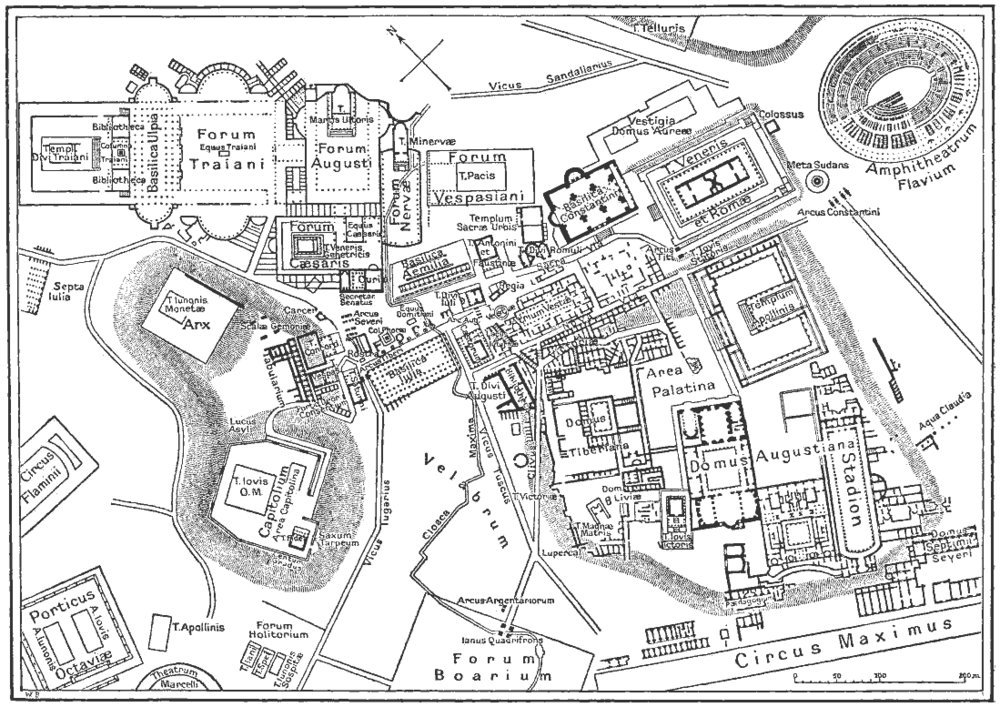
If not, now you can! This video was set about 200 years after my novel's central character lived, but it still gives a great flavor of what Rome would have been like in ancient times. While the Colosseum wasn't there, nor the Circus Maximus, most of the other major buildings were there in the time that Apicius lived. He would have walked on the stones of the Roman Forum, visited the Temple of Jupiter, looked up through the oculus of The Pantheon. Such power there is in history!
http://vimeo.com/32038695

In my novel, one of the treats served up by Apicius to his guests (from De Re Coquinaria, Chapter IX, 396) is stuffed dormice. They were generally eaten as snacks and were a favorite at the tabernas and popinas (taverns and bars) but were also popular with the upper class. Nowadays the lucky little dormouse isn't eaten (although apparently they are still in Slovenia!) but way back then they were often stuffed, fried and eaten whole, bones and all. Below is the recipe found in the cookbook which bears Apicius' name.
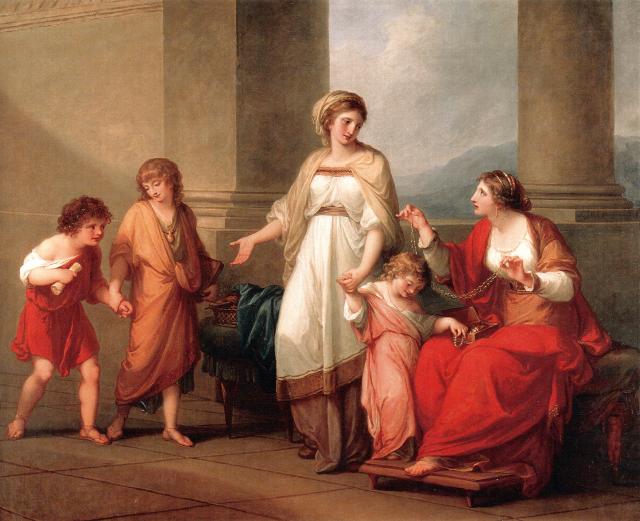
A recent article on the Huffington Post dares to make a bold prediction when it comes to trends in baby names--that monikers from Ancient Rome will soon be popular. She cites the Roman names in the Hunger Games as proof of the new trend. She may be right in that regard. God knows how many Bellas and Edwards are in the world now than before Twilight became popular.
The readers of my manuscript draft were often thrown when they found that one of my characters was named "Melissa." They thought it was too modern, but I just chuckled. While it's not Roman, but Greek, it's a name that is several thousand years old. Angela, Amelia, Bryce (which was a Greek girl's name), Laura and Patricia are also ancient names.